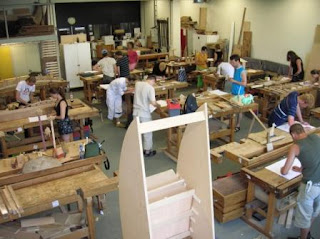INTRODUCTION
The education system which was evolved first in ancient India is known
as the Vedic system of education. In other words, the ancient systems of
education were based on the Vedas and therefore it was given the name
of Vedic Educational System. Ancient education emerged from the Vedas.
They are supposed to be the source of Indian philosophy of life. Vedas
means ‘to know’.
please consider subscribing our video channel
Vedas occupy a very important place in the Indian life. The basis of Indian
culture lies in the Vedas which are four in number – Rigveda, Samveda,
Yajurveda, and Atharavaveda.
The education system which was evolved first in ancient India is known
as the Vedic system of education. In other words, the ancient systems of
education were based on the Vedas and therefore it was given the name
of Vedic Educational System. Ancient education emerged from the Vedas.
They are supposed to be the source of Indian philosophy of life. Vedas
means ‘to know’.
please consider subscribing our video channel
Vedas occupy a very important place in the Indian life. The basis of Indian
culture lies in the Vedas which are four in number – Rigveda, Samveda,
Yajurveda, and Atharavaveda.

















